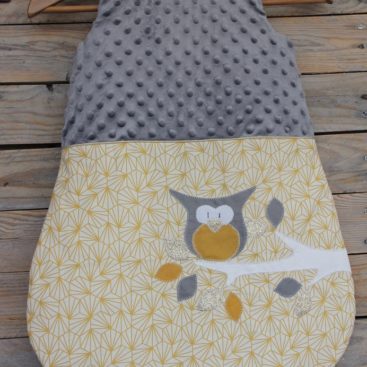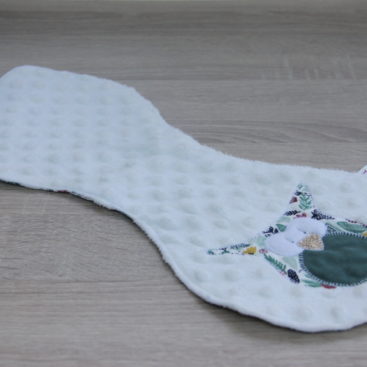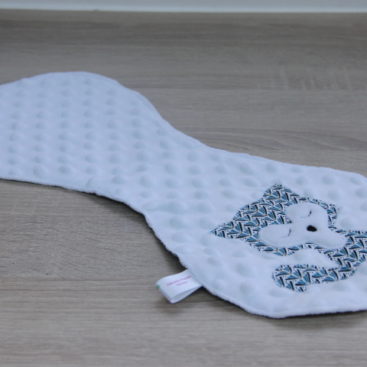Generally, businesses list their accounts by creating a chart of accounts (COA). A chart of accounts lets you organize your account types, number each account, and easily locate transaction information. A simple way to organize the expense accounts is to create an account for each expense listed on IRS Tax Form Schedule C and adding other accounts that are specific to the nature of the business. Each of the expense accounts can be assigned numbers starting from 5000.
The expenses can be tied back to specific products or revenue-generating activities of the business. Liability accounts also follow the traditional balance sheet format by starting with the current liabilities, followed by long-term liabilities. The number system for each liability account can start from 2000 and use a sequence that is easy to follow and compare in different accounting periods. Other types of long-term asset accounts include accounts for vehicles, office furniture and fixtures, and any leases your company may have. When looking at an asset definition, you’ll typically find that it is something that provides a current, future, or potential economic benefit for an individual or company. An asset is, therefore, something that is owned by you or something that is owed to you.
Typically, liability accounts will include the word “payable” in their name and may include accounts payable, invoices payable, salaries payable, interest payable, etc. Inventory includes amounts for raw materials, work-in-progress goods, and finished goods. The company uses this account when it reports sales of goods, generally under cost of goods sold in the income statement. While cash is easy to value, accountants periodically reassess the recoverability of inventory and accounts receivable.
What is equity?
If you’re seeking investors, this financial document can give them insight and help them to decide if your company is worth the investment. The primary difference between personal assets and business assets is who they belong to, and that results in the differentiation of the assets. These are more traditional assets, such as stocks, bonds, and real estate. For companies, assets are things of value that sustain production and growth. For a business, assets can include machines, property, raw materials, and inventory—as well as intangibles such as patents, royalties, and other intellectual property. Liability accounts provide a list of categories for all the debts that the business owes its creditors.
Unlike example #1, where we paid for an increase in the company’s assets with equity, here we’ve paid for it with debt. If the accounting equation is out of balance, that’s a sign that you’ve made a mistake in your accounting, and that you’ve lost track 1800accountant customer service number of some of your assets, liabilities, or equity. Non-current assets, on the other hand, are properties held for a long period of time (i.e. more than 1 year). Remember that debits increase your expenses, and credits decrease expense accounts.
Adam Hayes, Ph.D., CFA, is a financial writer with 15+ years Wall Street experience as a derivatives trader. Besides his extensive derivative trading expertise, Adam is an expert in economics and behavioral finance. Adam received his master’s in economics from The New School for Social Research and his Ph.D. from the University of Wisconsin-Madison in sociology.
- It cannot give a sense of the trends playing out over a longer period on its own.
- The build-up of assets is generally considered to be a pursuit of monetary wealth.
- These types of assets are used to grow the net worth of an individual.
- If you have many complex assets to manage, Sage offers a stand-alone, fixed asset management solution.
Some assets provide direct economic benefits (e.g., inventory), whereas others indirectly contribute to the future cash flows of a business (e.g., office computer). A bank statement is often used by parties outside of a company to gauge the company’s health. Public companies, on the other hand, are required to obtain external audits by public accountants, and must also ensure that their books are kept to a much higher standard. Current assets are any asset a company can convert to cash within a short time, usually one year. These assets are listed in the Current Assets account on a publicly traded company’s balance sheet.
Additional Resources
Equipment
This account reports the cost of the machinery and equipment used in the business. The cost of equipment will be depreciated over the equipment’s useful life. Accrued Revenues/Receivables
Under the accrual method of accounting, revenues are to be reported when goods or services have been delivered even if a sales invoice has not been generated.
What Are Assets and Liabilities?
This section is important for investors because it shows the company’s short-term liquidity. According to Apple’s balance sheet, it had $135 million in the Current Assets account it could convert to cash within one year. This short-term liquidity is vital—if Apple were to experience issues paying its short-term obligations, it could liquidate these assets to help cover these debts. Two asset accounts, Allowance for Doubtful Accounts and Accumulated Depreciation, are known as contra asset accounts since these accounts are expected to have credit balances. The left side of the balance sheet is the business itself, including the buildings, inventory for sale, and cash from selling goods.
Lou does not have long-term control of the studio space so it cannot be treated as its non-current asset. An asset whose value cannot be measured is not shown in the balance sheet. So any expected future assets cannot be capitalized now because of the lack of historical transactions. Like all accounting, assets are recognized when a past transaction establishes control over the asset. So far, I have explained what assets are, their characteristics, and types, but as an accounting beginner, it’s equally important for you to learn about what are not assets. Buildings
This account will report the cost of the building used in the business.
Inventory
Liabilities are also categorized, just as assets are, according to the time period when the debts are to be paid. Current liabilities refer to debts owed by the business that should be paid within the current fiscal year. Noncurrent or long-term liabilities are not yet due within the current fiscal period. A balance sheet provides a snapshot of a company’s financial performance at a given point in time. This financial statement is used both internally and externally to determine the so-called “book value” of the company, or its overall worth. Businesses should start by listing their assets on a balance sheet.
Likewise, its liabilities may include short-term obligations such as accounts payable and wages payable, or long-term liabilities such as bank loans and other debt obligations. The accounts on the chart of accounts go in the order of the items on the balance sheet and income statement. After asset accounts, the chart of accounts would include liability accounts and owners’ equity accounts. Next would be the revenue and expense accounts that make up the income statement.
The asset will provide economic benefits to a business in the future. Short-term Investments
Short-term or temporary investments may include certificates of deposit, bonds, notes, etc. that will mature in less than one year. It may also include investments in the common or preferred stock of another corporation if the stock can be easily sold on a stock exchange.
Below liabilities on the balance sheet is equity, or the amount owed to the owners of the company. Since they own the company, this amount is intuitively based on the accounting equation—whatever assets are left over after the liabilities have been accounted for must be owned by the owners, by equity. These are listed at the bottom of the balance sheet because the owners are paid back after all liabilities have been paid.












